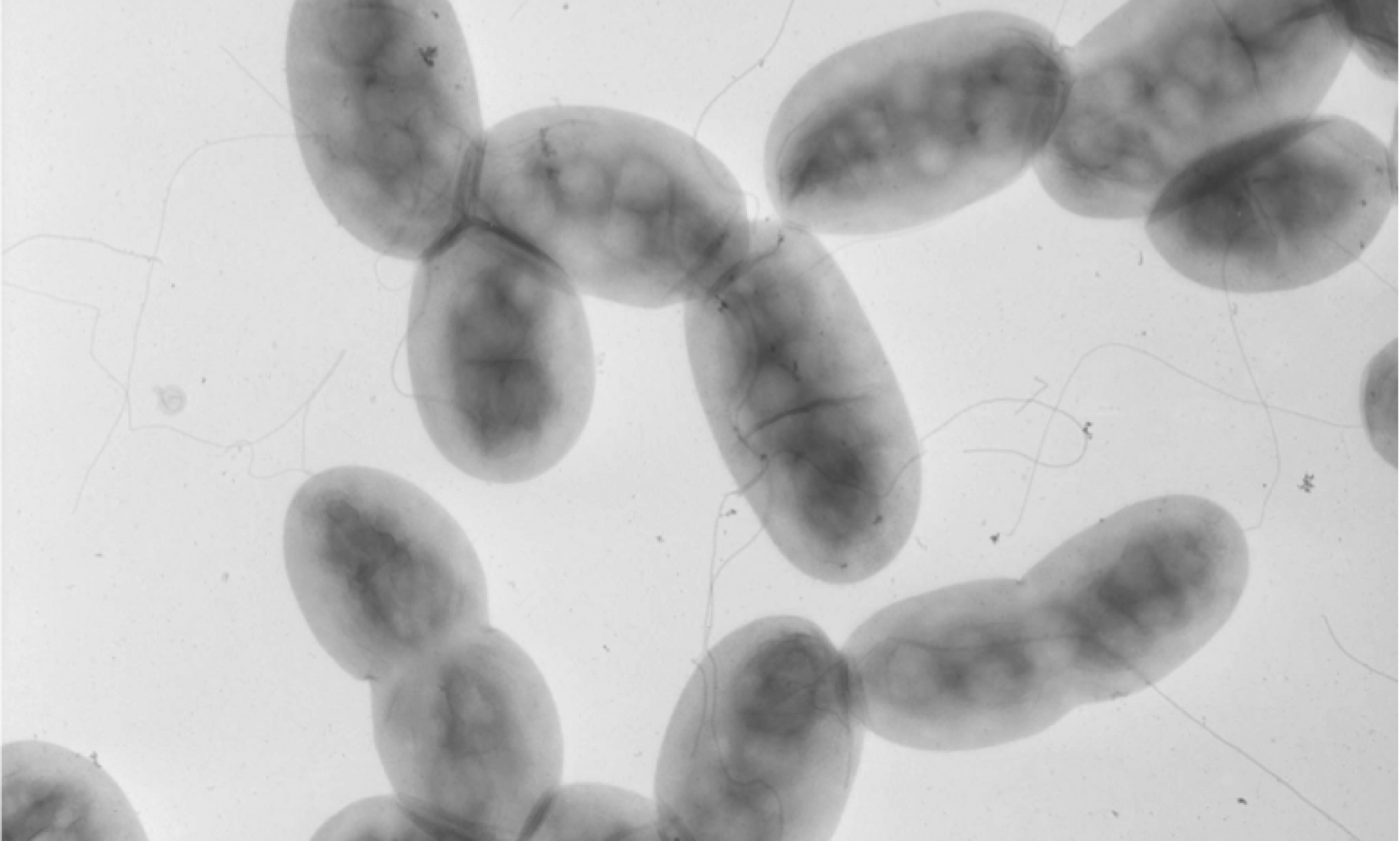
I first have to apologize. The mission of this blog is to inform those who are curious about science and nature. My ADD gets the best of me sometimes and I digress towards more policy and advocation.
So…what is in a genome? A broad question with lots of answers. Let’s start with the ‘simple’ example of a genome; bacteria. Unlike humans, and other animals, bacteria have only one true chromosome which is circular. Many bacteria, however, have extra DNA not on the chromosome. This extra DNA is also circular and usually called a plasmid. Many bacteria have several plasmids, and some even have very large plasmids called cosmids.
There is not a lot of room within a bacterial cell, so there is not a lot of ‘junk’ DNA in its chromosome. If an average gene is 1000 base pairs (bp), then a 7 Mbp (7,000,000 bp) genome usually has about 6500 genes. This means bacteria pack a big punch in a small size cellular blueprint. Other than genes, bacteria contain DNA elements that help regulate what and when genes are actively transcribed into RNA to produce functional proteins. Promoters are areas of DNA upstream of genes that are attractive places for some proteins to interact with. Some proteins activate gene transcription while other repress transcription. This ensures only the proteins needed by the cell are being produced since making and degrading unneeded proteins costs energy.
What about plants and animals?
I’ll leave plants out since I’m not knowledgeable enough to write about them. Animals have very elaborate genomes. The number of chromosomes vary for each organism and are not circular. For simplicity, I will discuss humans. Humans have pairs of each chromosome that are identical except for the pair that determine a persons sex. Even identical chromosomes are essentially different in the characteristics of individual genes (see dominant and recessive alleles). Strands of DNA are wrapped around proteins known as histones which interact to compact the size of the chromosome.

Human genes have MANY ways of being regulated. The histones themselves can undergo modification by enzymes that affects how compact they are and how attractive they are to proteins regulating gene transcription. Like bacteria, human gene transcription can be regulated by promoters. However, unlike bacteria, these genes will not totally be used to make a protein. Human genes are composed of introns, regions not translated into a protein, and exons, regions that are translated into protein. Human messenger RNA is processed after transcription which removes intron sequences leaving only exons that will be shuttled out of the nucleus for protein synthesis. To make this more complicated, during processing, many genes can undergo something called alternative splicing. This means as mRNA is being processed, even some exons can be removed resulting in different versions of a protein!
Other elements can regulate gene transcription besides promoters. Animals have DNA elements called enhancers and insulators that may or may not be located close to actual genes. Enhancers and insulators can intricately interact to regulate gene expression.

I will leave it at this. I hope you enjoyed my little ramble about genomes. Let me know what you think…please…
- The Human Genome Project: Thank you, Department of Energy! (mhrussel.wordpress.com)
- Science Magazine Chooses ENCODE Results as One of the Top Ten Breakthroughs in 2012 (sandwalk.blogspot.com)
- Learning the alphabet of gene control (esciencenews.com)
- MyTH: A new weekly series about one bacterial species. First Post: Escherichia coli (mhrussel.wordpress.com)
- Unraveling the Human Genome: 6 Molecular Milestones (livescience.com)

